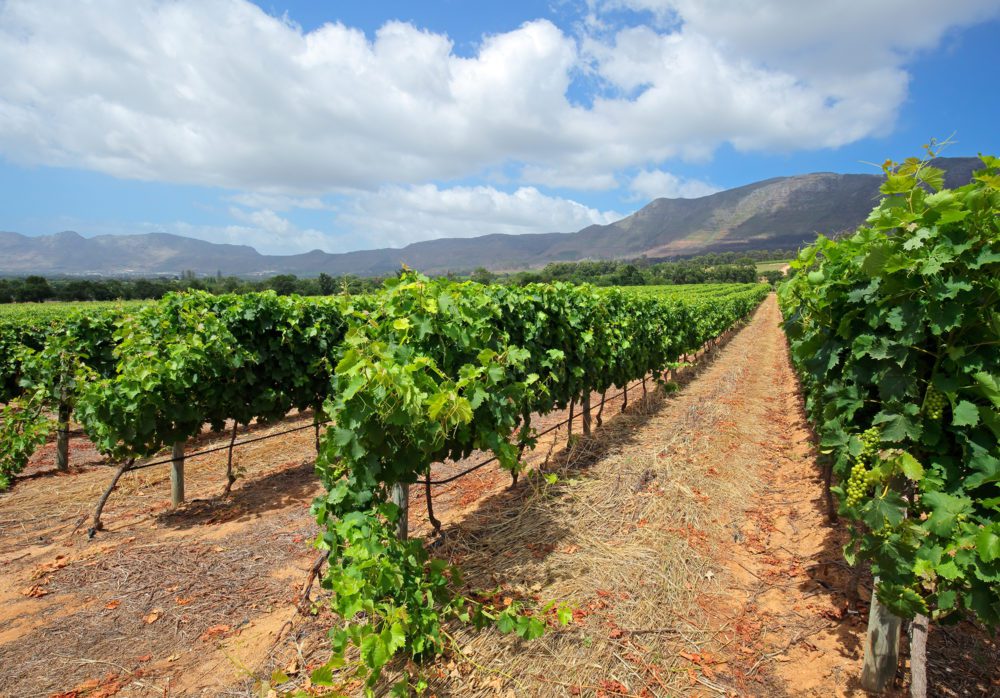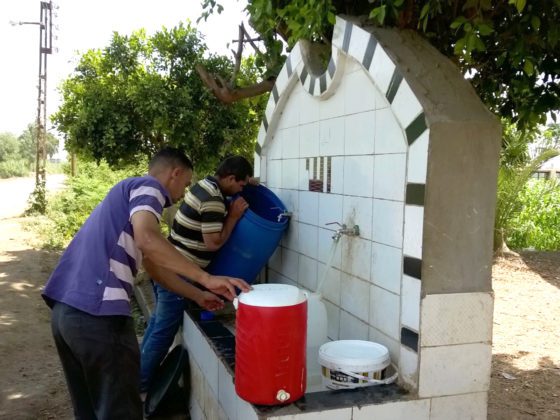Between 1960 and 2000, much of the developing world experienced a “Green Revolution,” in which production of wheat, rice, and maize more than doubled (Food and Agriculture Organization of the United Nations, 2004). What led to this growth? Lots of factors played a role: an increase in cropland areas, improved crop varieties, fertilizer adoption, and irrigation investments. Fertilizer use in particular increased dramatically, growing 56 times, 17 times, and 10 times in South Asia, East Asia, and Latin America, respectively, from 1960 to 2010 (World Bank, 2021).
However, sub-Saharan Africa, where fertilizer use grew only 5 times over this period (World Bank, 2021), has never experienced a similar Green Revolution. This has not been for lack of effort. African governments in the 10 largest countries have invested heavily in fertilizer subsidy programs, accounting for 14%–26% of public agriculture expenditures (Jayne et al., 2018).
So why have these programs not been more effective in increasing fertilizer adoption in Africa? In a recently accepted paper in Nature Food (McCullough et al., forthcoming), two of my colleagues, Ellen McCullough at the University of Georgia and Andrew Simons at Fordham University, and I set out to answer this question. We hypothesized that it all comes down to risk and sensitivity.
When farmers decide whether to invest in fertilizer at the beginning of the growing season, they face two key uncertainties that influence that investment’s profitability: 1) uncertainty in how much their yields will increase because they have used fertilizer, and 2) uncertainty in what crop prices will be at the end of the season. Uncertainty #1 is where water enters the picture. The majority of agriculture in sub-Saharan Africa is rainfed, and the effect of fertilizer on yields has been shown to decrease when water stress is high (Haefele et al., 2006). If a farmer does not have access to irrigation, they face an increased probability that their investment in fertilizer will not be profitable because of low precipitation.
In our study, we sought to estimate the probability of achieving a minimum rate of return on investment in fertilizer applied to maize fields throughout sub-Saharan Africa. This allowed us to determine which regions are “robustly profitable,” which we defined as achieving at least a 30% return on investment in at least 70% of years, but alternative thresholds could be used. We believe these are the regions where we should be targeting fertilizer promotion efforts to improve food security for smallholder farmers in sub-Saharan Africa. We compare these regions with those defined to be profitable based on a naive definition of achieving an average return on investment of at least 30% across years. This naive definition, which is more common in the literature, ignores how frequently farmers may face returns below that threshold and thus be unwilling to take the risk in investment.
To estimate profitability, we used fertilizer trial data from maize fields across sub-Saharan Africa to build a model of the change in maize yields achieved by applying 120–125 kilograms of nitrogen per hectare (kg N/ha) and 15–18 kilograms of phosphorus per hectare (kg P/ha) as a function of weather and climate conditions. We then coupled this model with simulated weather variables that influence the maize yield response to fertilizer, and simulated fertilizer and maize prices that influence profitability. This allowed us to estimate a distribution of returns on investments in fertilizer across simulated years at different locations in Africa.
Figure 1a shows which regions from this simulation meet our robust profitability definition but not the naive definition in blue, and regions that meet the naive definition but not our robust definition in orange. Areas that meet both of these definitions are shown in green, and those that meet neither in red. In much of Central and West Africa, we find fertilizer investments to be profitable either under our robust definition or both the robust and naive definitions. However, in much of South Sudan and Ethiopia in the northern part of East Africa, and Malawi, Mozambique, and Zambia in the southern part of East Africa, fertilizer investments are never profitable or are profitable only under the naive definition.

In the yield response model, precipitation in the first 30 days of the growing season was found to be the most important factor. So does that mean we should invest in irrigation in unprofitable regions? Not necessarily. While precipitation may be the most important factor in explaining whether fertilizer is profitable at one site versus another, at particular sites where fertilizer is not profitable, other variables may be more effective in increasing the yield response to fertilizer.
To answer the question What factors influencing profitability are most important in different locations?, we also performed a sensitivity analysis in which we increased or decreased the value of all variables influencing profitability by +/− 5% at each location. If changes in precipitation elicit the greatest change in profitability at a particular site, then investments in irrigation could perhaps increase the probability of attaining sufficient yields for fertilizer adoption to be profitable. If soil pH or other soil characteristics are most limiting, soil health amendments might be most effective. In regions where the crop:fertilizer price ratio most controls fertilizer profitability, fertilizer subsidies could be a helpful policy intervention.
Figure 1b shows the most important factor influencing fertilizer profitability for maize in sub-Saharan Africa. While many regions are most sensitive to prices, these tend to be the same regions that are already robustly profitable and therefore do not need fertilizer subsidies. Regions that are never profitable tend to be most sensitive to soil pH, suggesting soil amendments such as liming may be more effective policy interventions. Interestingly, in no region is precipitation the most important factor influencing profitability, even though we found precipitation in the first 30 days of the growing season to be the most important factor in predicting the yield response to fertilizer across regions.
So what does water have to do with fertilizer adoption? Well, it is the most distinguishing factor between sites where fertilizer adoption for maize is always profitable versus never profitable. However, at sites where fertilizer is never profitable, changes in soil variables could more readily influence fertilizer profitability. This could be because of how the soil variables interact with precipitation to influence the maize yield response to fertilizer, but fortunately these effects can be achieved by first changing the soil variables rather than increasing water availability to the crops through irrigation.
This work shows the value of considering risk and sensitivity in targeting soil health interventions and fertilizer promotion efforts. We hope that better targeted policies will lead to a new Green Revolution that increases food security in sub-Saharan Africa.
References
- Food and Agriculture Organization of the United Nations. The State of Food and Agriculture. 2003/04 (FAO, 2004).
- S. M. Haefele, K. Naklang, D. Harnpichitvitaya, S. Jearakongman, E. Skulkhu, P. Romyen, S. Phasopa, S. Tabtim, D. Suriya-arunroj, S. Khunthasuvon, D. Kraisorakul, P. Youngsuk, S. T. Amarante, and L. J. Wade, “Factors Affecting Rice Yield and Fertilizer Response in Rainfed Lowlands of Northeast Thailand,” Field Crops Research 98, no. 1 (2006): 39–51, https://doi.org/10.1016/j.fcr.2005.12.003.
- T. S. Jayne, N. M. Mason, W. J. Burke, and J. Ariga, “Review: Taking Stock of Africa’s Second-Generation Agricultural Input Subsidy Programs,” Food Policy 75 (2018): 1–14, https://doi.org/10.1016/j.foodpol.2018.01.003.
- E. B. McCullough, J. D. Quinn, and A. M. Simons, “Profitability of climate smart soil fertility investment varies widely across sub-Saharan Africa,” Nature Food 66 (forthcoming).
- World Bank, World Development Indicators (World Bank Publications, 2021), https://datatopics.worldbank.org/world-development-indicators/.
- McCullough, E.B., Quinn, J.D. & Simons, A.M. Profitability of climate-smart soil fertility investment varies widely across sub-Saharan Africa. Nat Food 3, 275–285 (2022). https://doi.org/10.1038/s43016-022-00493-z
Professor Julie Quinn teaches in the Engineering Department at the University of Virginia and an expert is optimizing the management of environmental systems.





